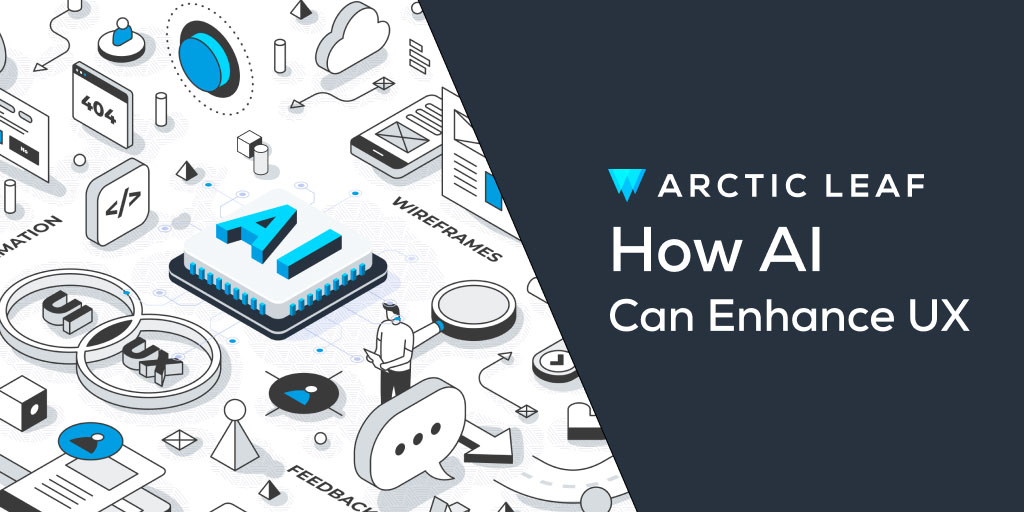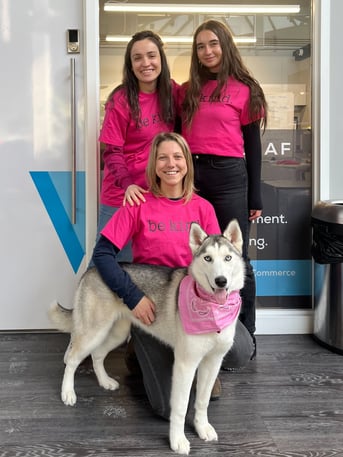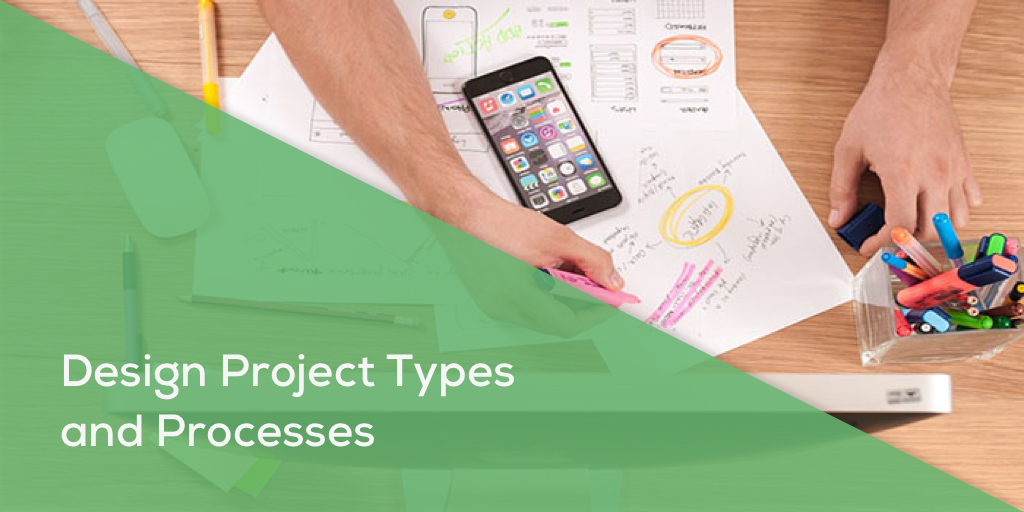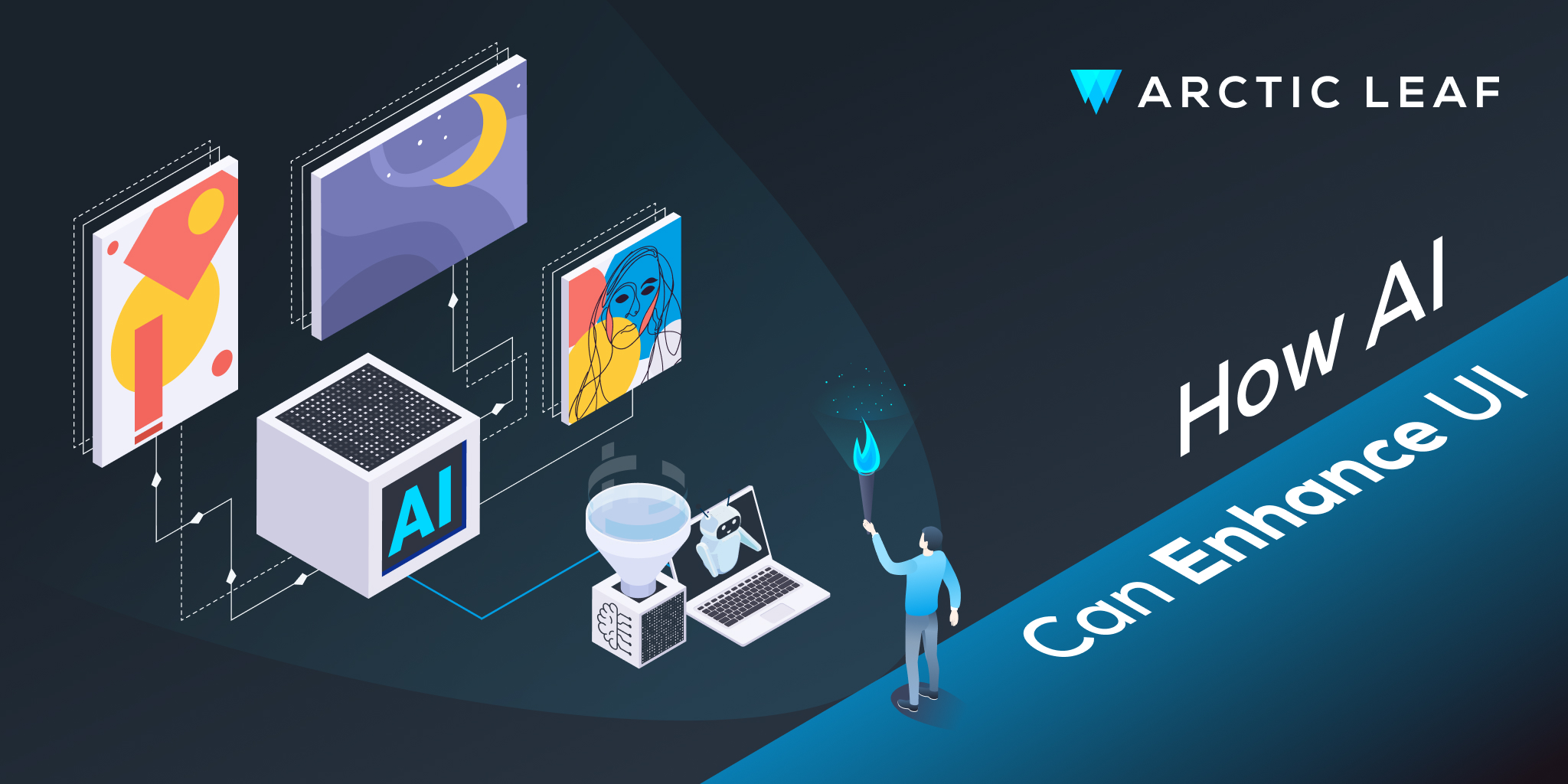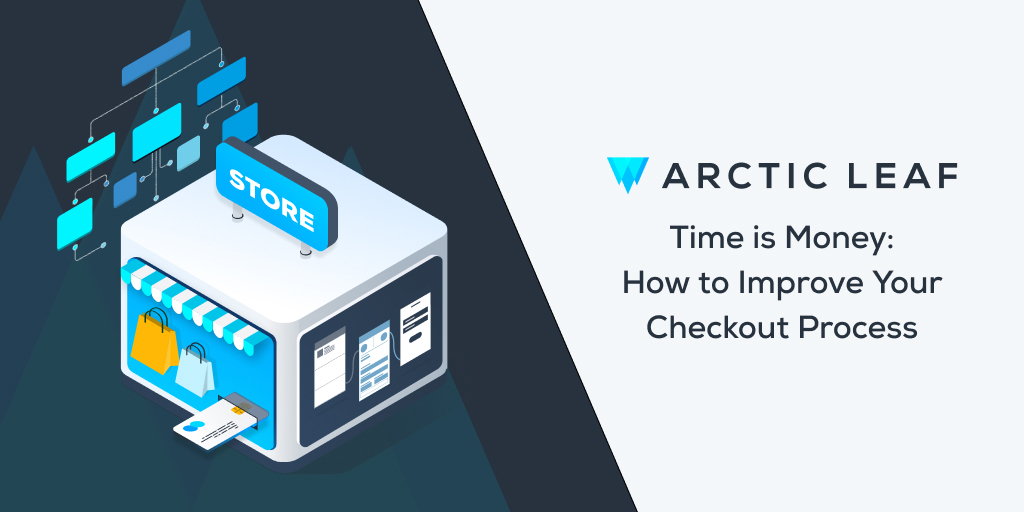It’s no surprise that the hottest design trend is AI with its promises of an exciting future. But for the UX Designer, a question remains: "how can I implement this into my workflows?"
Many blog posts already discuss anxieties that creatives have about AI, or Artificial Intelligence, and how it will “Take Our Jobs” and we will end up working for our robot overlords, rather than the other way around. Though these are legitimate concerns, AI still has a distance to go before it reaches that point. What is important right now is how we can use AI to increase our own efficiency and offload the mundane processes of our jobs as user experience designers. By using AI, we could dedicate more time to pushing the boundaries of our designs and ideas as well as polishing those higher impact areas, such as user research.
The number of AI driven tools available to us has exploded in the last year, and several of these can already be put to good use to assist us in our everyday routines. It is easy to be swept up in thinking, “I want an AI tool that can create a wireframe, so I can have more time to relax,” but in truth, the majority of these AI tools are not at a level to replace the human brain in producing quality designs or intelligent-thinking and problem-solving at a personal level.
So that begs the question, what is AI currently good for?
The best approach is to remind ourselves, “a tool is only as good as the person using it”. This has been true in the field of design since, well, ever. It is widely accepted that anyone can use Photoshop in the same way that anyone can use a paintbrush, but the quality of the results will be widely varied between users. So as with any tool, the skill of the user and what the tool is used for is most important. A tool is supplementary to the skill of the human designer, it is there to help make a given job easier, to improve the quality of work, and to offer aid when it is used.
Here are a few of today's AI tools and how they can be used to improve your UX design processes when working on client projects.
ChatGPT
You may already know of and even use ChatGPT. Since its launch, it has remained the talk of the town. As the most popular and advanced chatbot available, it can do much more than help you write your university dissertation. When put to good use, it can assist with the following tasks:
- Creating main navigation and taxonomies
- Creating category filters
- Ideating wireframe features
- Modifying category URL strings and values
- Gathering statistics
These are just a few of the routine tasks we perform in our everyday work. Using ChatGPT to assist us saves time and allows us to explore previously unexplored paths of thought.
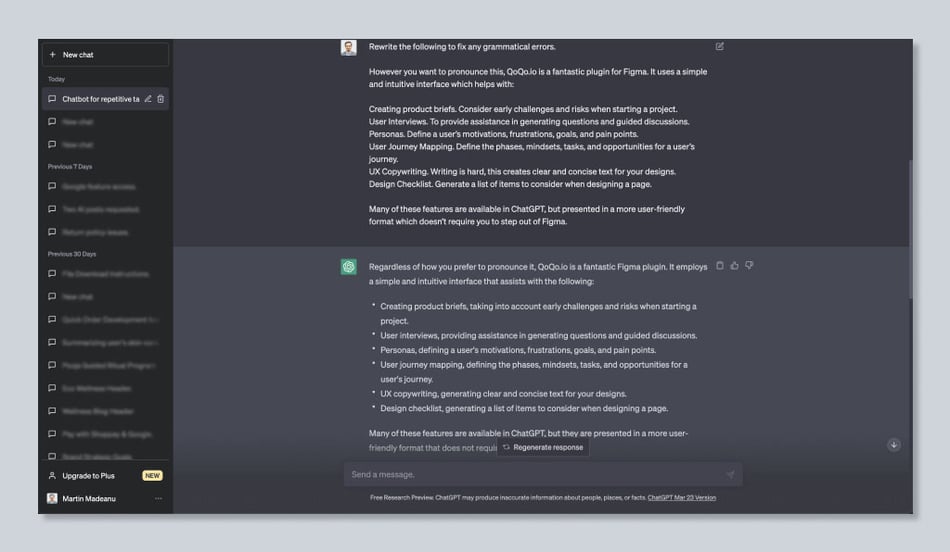
QoQo.ai
|
|
Regardless of how you prefer to pronounce it, QoQo.ai is a fantastic plugin for the design tool Figma. It employs a simple and intuitive interface that assists with the following:
- Creating product briefs, taking into account early challenges and risks when starting a project.
- User interviews, providing assistance in generating questions and guided discussions.
- Personas, defining user needs, motivations, frustrations, goals, and pain points.
- User journey mapping, defining the phases, mindsets, tasks, and opportunities for a user's journey.
- UX copywriting, generating clear and concise text for your designs.
- Design checklist, generating a list of items to consider when designing a page.
Many of these features are available in ChatGPT, but with QoQo.ai they are presented in a more user-friendly format that does not require you to leave Figma.
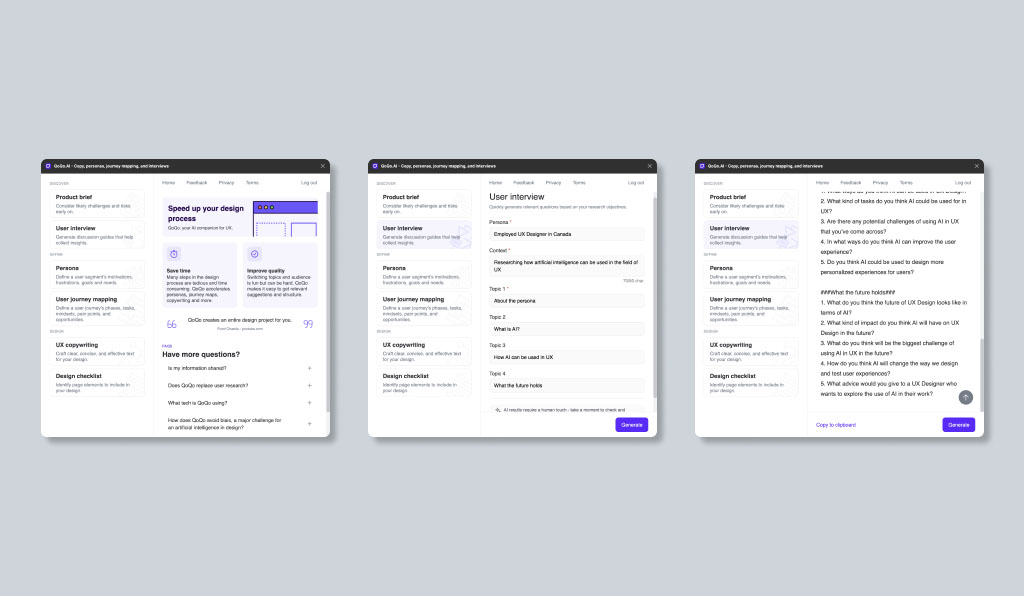
Muse.ai
If you're not tech-savvy and would prefer not to use prompts to generate the required copy, the Figma plugin Muse.ai is the perfect tool for you.
It enables you to input your starting content and select your desired tone and style. "Do you want your marketing copy to sound hip?" Sure! "Are your product taglines not humorous?" That can be changed! It then provides you with several suggestions for the revised copy to choose from.
This plugin can make you sound like a word wizard, or even the next Shakespeare! But most importantly, it will help you be a better communicator.
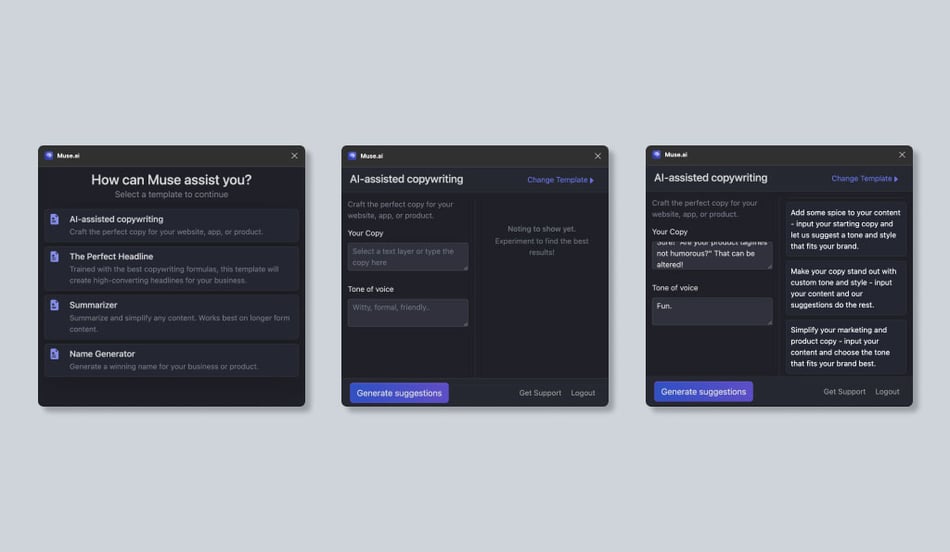
These are just a few of the AI powered tools we can use in our everyday UX design processes either to speed up the design phase, or to set a good foundation when crafting our designs into something user-friendly, intuitive, and groundbreaking, which achieves our clients goals by creating a better product.
The future of AI as a tool for user experience designers is bright, and many of these will evolve over time to offer more complex solutions and avenues of thought to solve our design questions. We have much to look forward to! Just imagine an AI tool that can create a usable visual wireframe which can be integrated into Figma based on the prompts you input, or one that can create functioning code for Shopify or BigCommerce based on a quick scan of a UI mockup.
This is the future, and the future is almost upon us.
Preparing for the future by arming yourself with today's best UX design tools? Check out our Top 5 Prototyping Tools or feel free to reach out to us directly at info@arcticleaf.io!
Arctic Leaf is a digital agency with over 10 years of e-commerce experience serving clients of all industries. Our entire team is Baymard UX certified and our amazing developers can build everything from simple Shopify themes to fully custom headless experiences.
